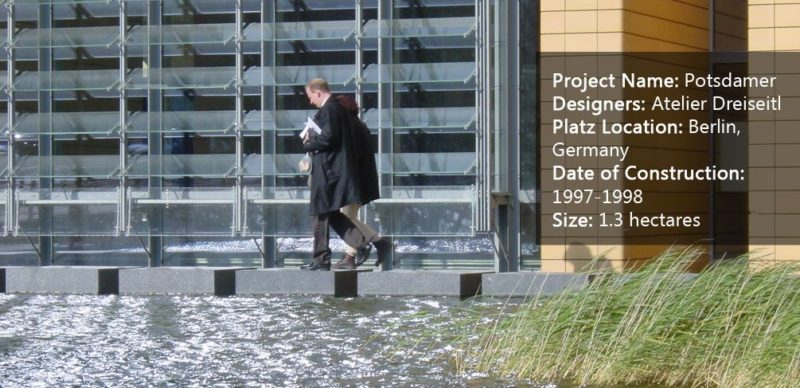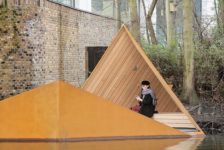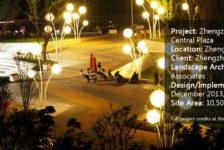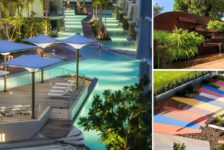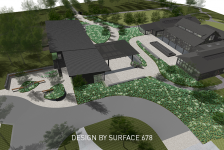Potsdamer Platz, Berlin, Germany, by Atelier Dreiseitl. It sometimes seems that our contemporary planning is an unholy game of piling as much structure as possible in one spot. The urban spaces about which we brag are often merely the densest piles of bricks, stones or mortar with raised planting beds and seating being converted to mere showpieces. But, where in these heaps and stacks of masonry are the slightest considerations to restore ecological balance? Are the people for whom these are designed refreshed, inspired, and stimulated by their urban environment? Hardly, too often will be the answer for our times. Potsdamer Platz, Berlin, Germany designed by Atelier Dreiseitl is an award winning waterscape project where it combine sustainable water consumption and recreational areas in such a way that water environment issues become perceptible for the city’s citizens and visitors. In addition to the ecological benefits, the water system has cultural and artistic significance. This draws people to the plaza to relax and engage in the water in the realm of the highly dense commercial area.
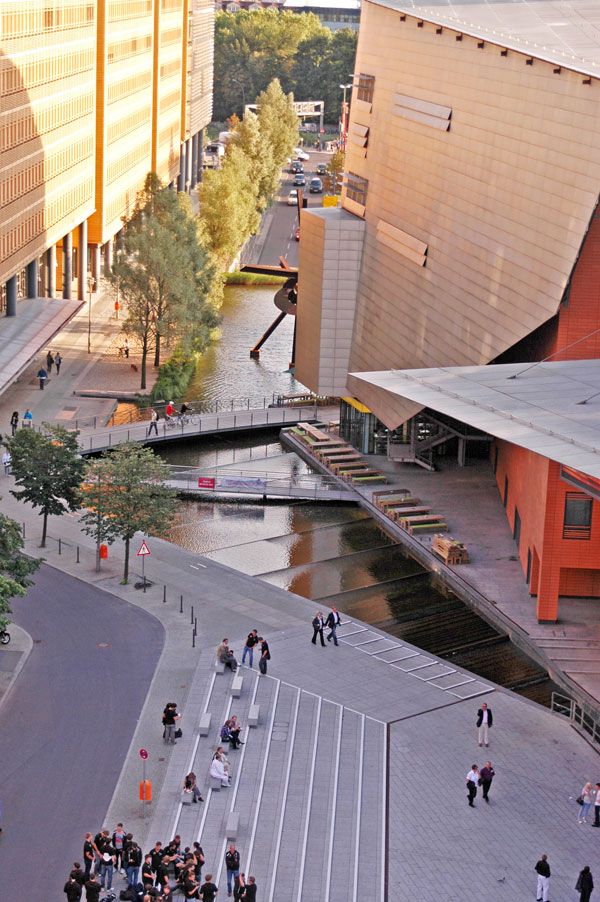
Potsdamer Platz. Photo courtesy of Atelier Dreiseitl.
Potsdamer Platz
Potsdamer Platz had been an important square and intersection in Berlin since the 20th century. The Berlin wall which separated East and West Berlin and later came down in 1989 gave him the idea to plan an iconic plaza which can heal the old wounds left behind by the wall and can symbolize the reunion of the city. Functional and artistic Significance Today the witness to the history holds the headquarters for multinational corporations like Sony and Daimler Chrysler, along with theaters and a large mall. To keep up with the constricted downtown area, the design team could stipulate that they had to come up with something out of the box.
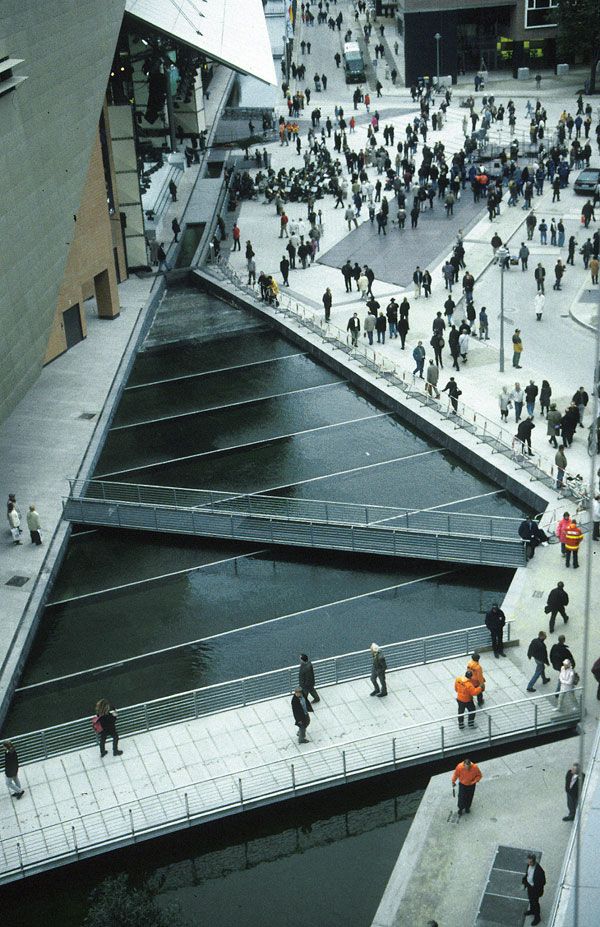
Potsdamer Platz. Photo courtesy of Atelier Dreiseitl.
- Beautiful Plaza Celebrates Canadian Landscape
- Perez Art Museum Embraces the Landscape Inside and Out
- Ceramic Museum and Mosaic Garden
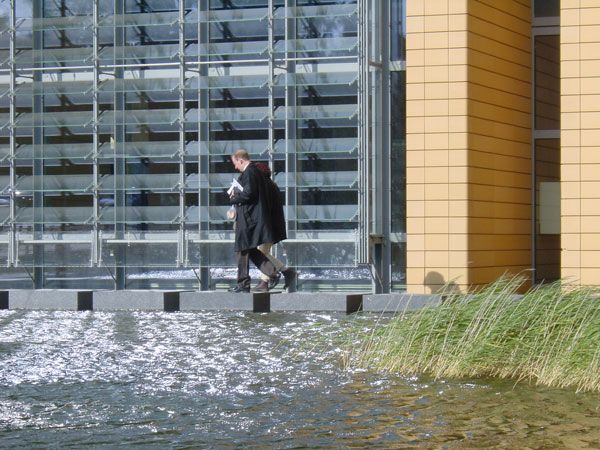
Potsdamer Platz. Photo courtesy of Atelier Dreiseitl.

Potsdamer Platz. Photo courtesy of Atelier Dreiseitl.
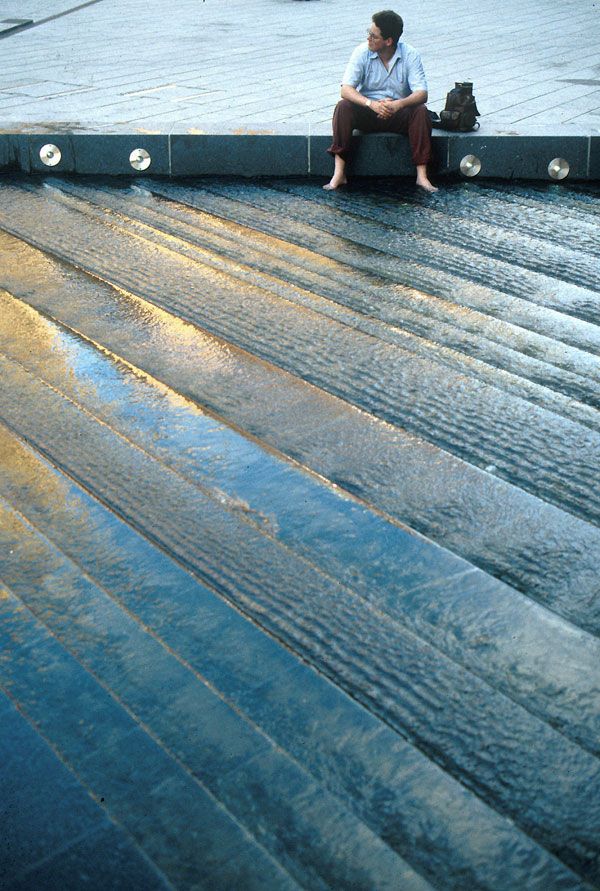
Potsdamer Platz. Photo courtesy of Atelier Dreiseitl.

Potsdamer Platz. Image courtesy of Atelier Dreiseitl.
Scenic Values at Potsdamer Platz
Streams, water bodies are like punctuation marks in reading the landscape. Here, the water is brought out in shallow flow steps that create a shimmering surface of rhythmic waves. People can rest along the water edges or cross the banks on stepping stones over the expanse of water. The sounds of water evoke a sense of pleasure amidst the humdrum of the bustling commercial area.
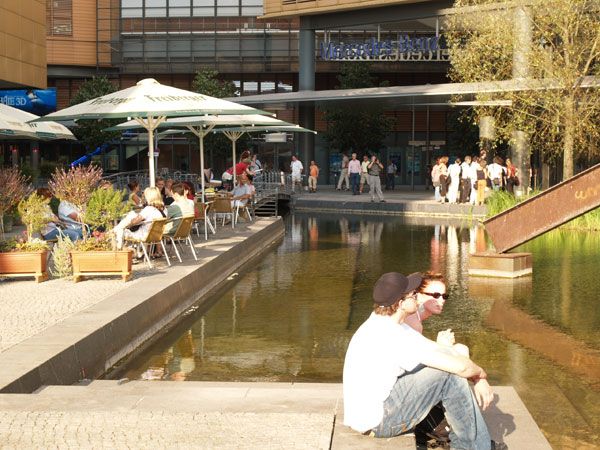
Potsdamer Platz. Photo courtesy of Atelier Dreiseitl.
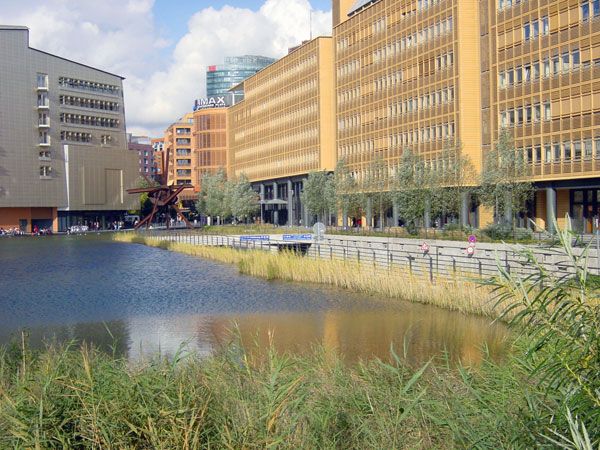
Potsdamer Platz. Photo courtesy of Atelier Dreiseitl.
- Urban Design by Alex Krieger
- The Urban Design Handbook: Techniques and Working Methods (Second Edition) by Urban Design Associates
Article by Farah Afza. Return to Homepage
Published in Blog


